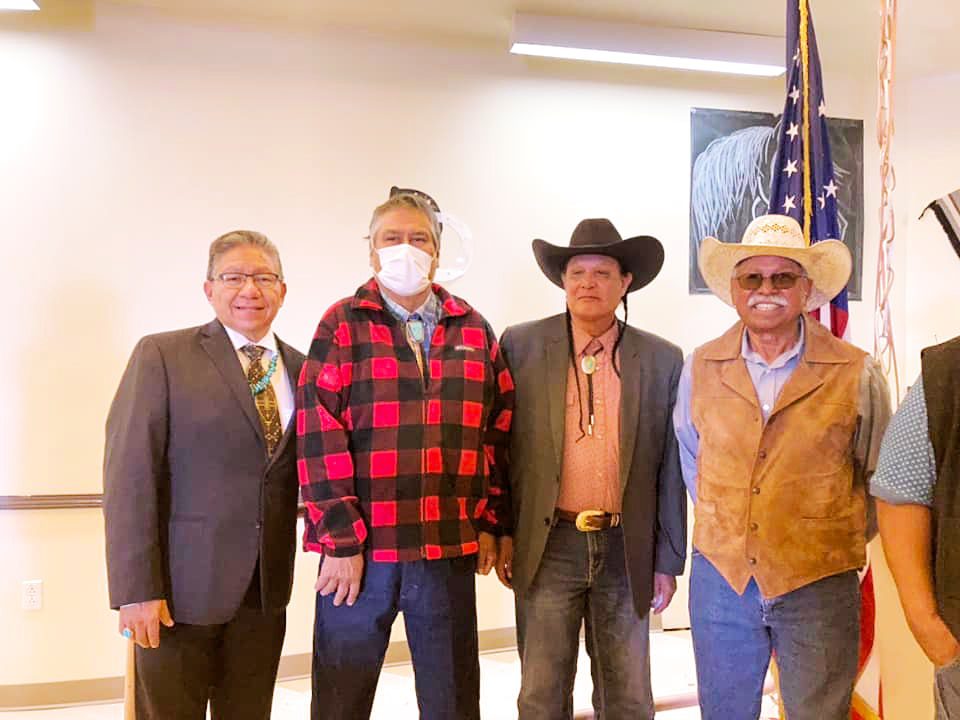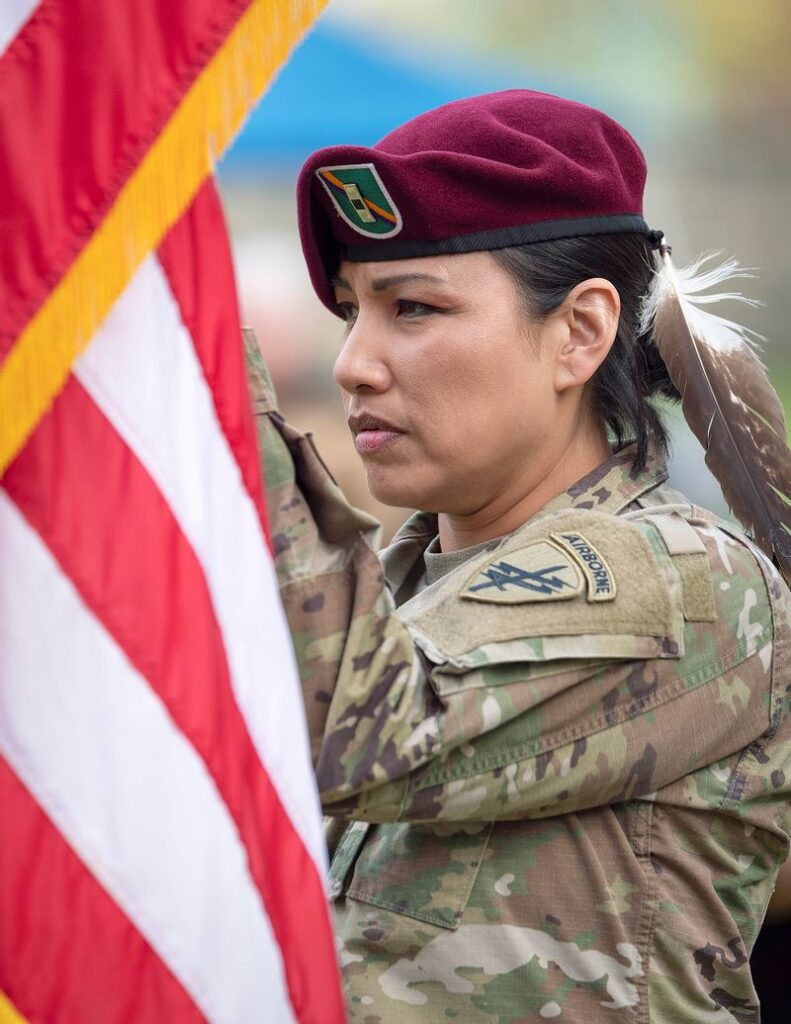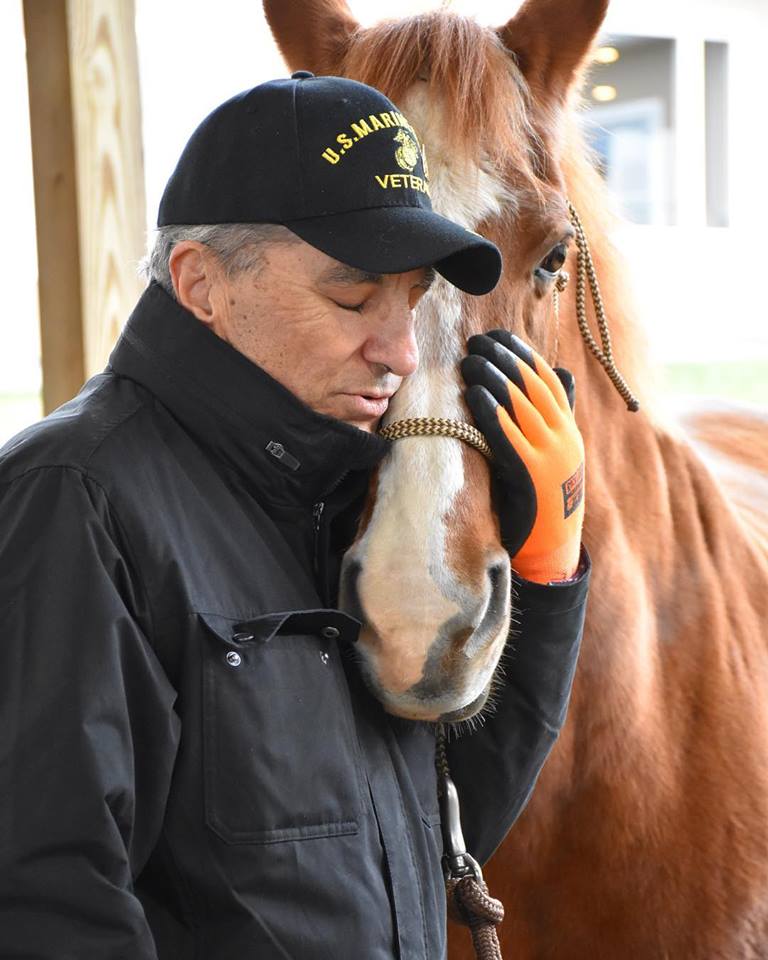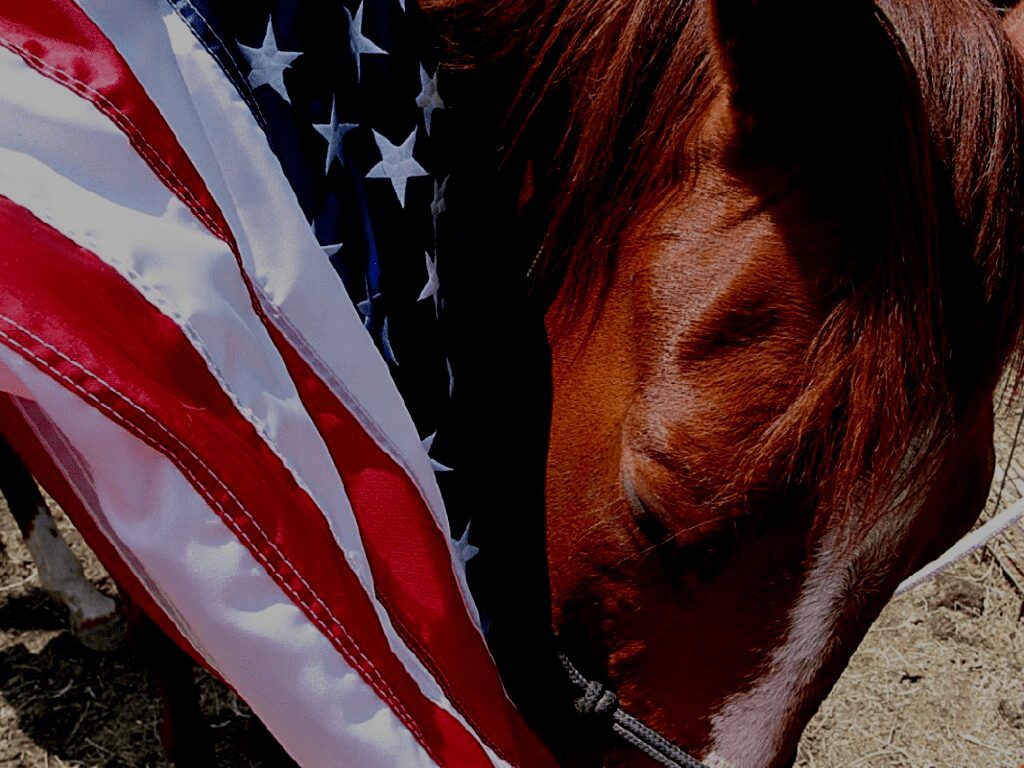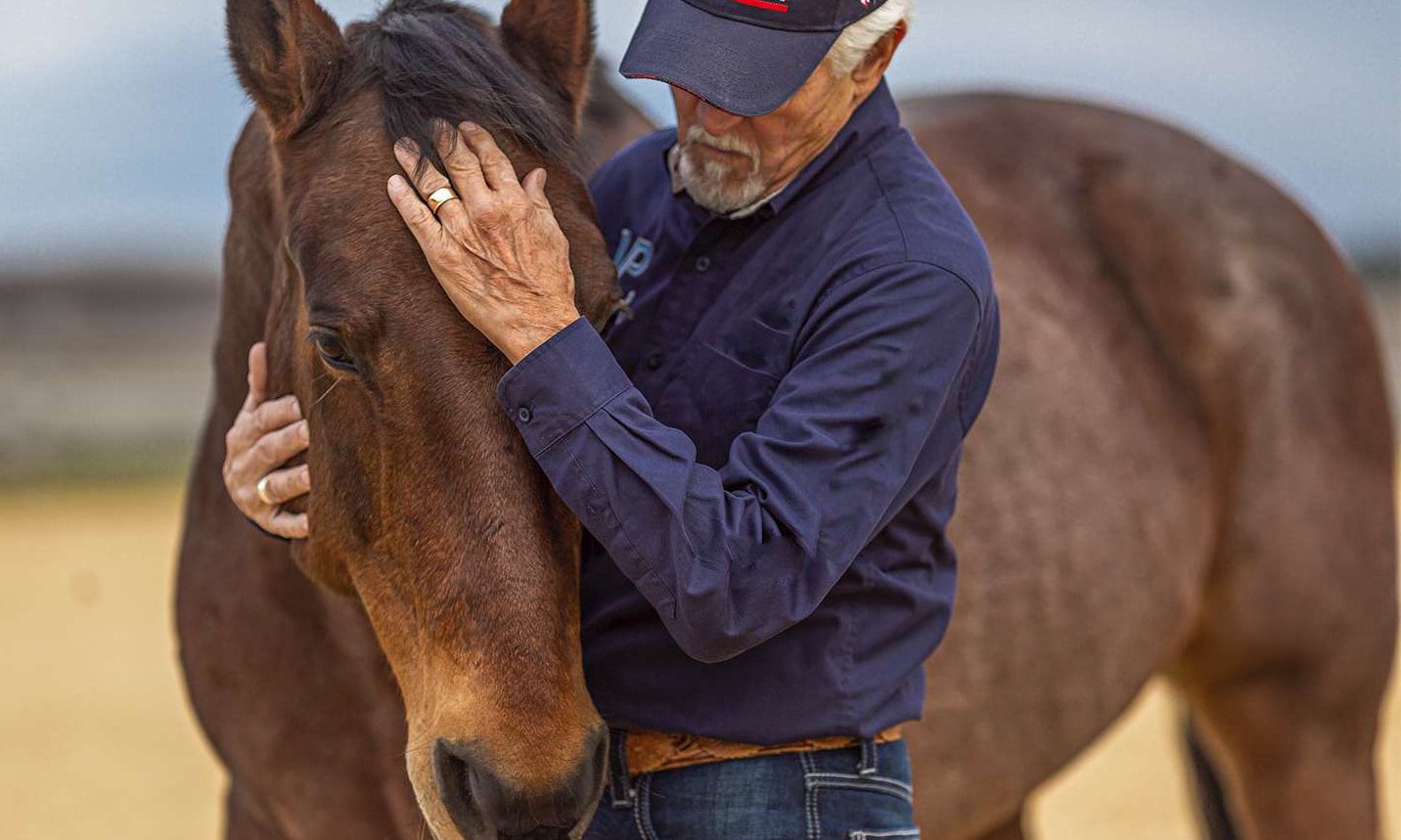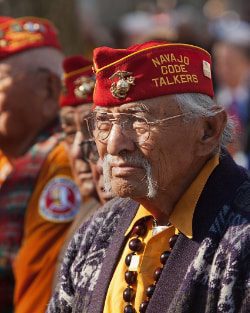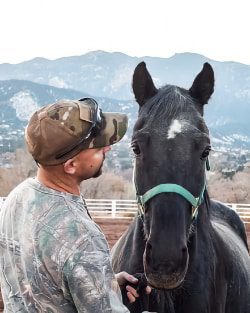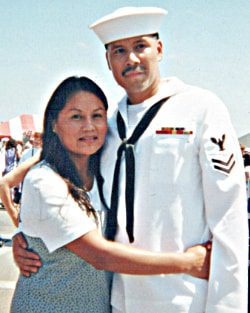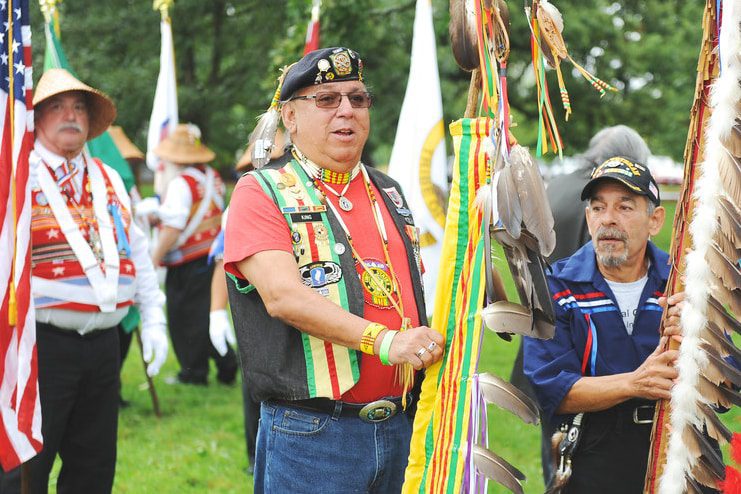(Hover your pointer over the image above to pause the slide show)
NAHEF Veteran Farrier Training Program
 Our founder, George Goode, travels to each reservation when he teaches horseshoeing to Native Americans. He brings his custom trailer full of shoeing equipment: anvils, forges, hammers and tongs for each student. George will visit any reservation that will host his classes. Along the way, George has befriended many Native American Veterans. These brave individuals face special challenges unique to the Native Veteran.
Our founder, George Goode, travels to each reservation when he teaches horseshoeing to Native Americans. He brings his custom trailer full of shoeing equipment: anvils, forges, hammers and tongs for each student. George will visit any reservation that will host his classes. Along the way, George has befriended many Native American Veterans. These brave individuals face special challenges unique to the Native Veteran.
Native American veterans are highly regarded within tribal communities for their dedication and commitment to serving in the Armed Services throughout America’s history. However, many of them find it hard to adjust once they return home. American Indians and Alaska Natives serve in the U.S. Armed Services at a higher rate than any other group. According to the 2010 Census, it is estimated that over 150,000 veterans identified as American Indian and Alaska Native alone.
https://www.ncai.org/policy-issues/education-health-human-services/veterans
George Goode realized that the Native American Horse Education Foundation (NAHEF) could craft a training program specifically for Native Veterans. The NAHEF’s Veteran Farrier Training Program.
5 Challenges for Vets who return to the Reservation
1. Veterans want to work with their hands at home
Many of these veterans return home to their tribe and family. These veterans need to help their families take care of their homes and livestock, while they seek options for self-employment. Many veterans turn to native arts like jewelry making, pottery, weaving, and heritage arts like Kachina crafting. Others pursue outdoor work in livestock or the rodeo. These are the perfect candidate for NAHEF’s Veteran Farrier Training Program.
2. Crowds can make vets uncomfortable
There are a number of ceremonies and traditional methods to address Post-traumatic stress disorder (PTSD); however, they don’t work for all veterans. One alternative therapy involves working with horses. The NAHEF’s Veteran Farrier Training Program is a perfect fit for a vet who needs some alone time and can find relief building trust with a horse.
https://www.ptsd.va.gov/professional/treat/type/vietnam_american_indians.asp
Also: https://www.columbiapsychiatry.org/news/horse-therapy-helps-veterans-overcome-trauma3. Horseshoeing classes are not available on the reservation
The NAHEF has a forge trailer that is designed to teach farriery on the reservation. This enables instructors to demonstrate custom corrective hot shoeing and anatomy of horses. Each student receives their own set of tools, which they keep at the end of the course. This is a 75% hand-on course.
4. Veterans need business operation skills to sustain their own business
The NAHEF’s Veteran Farrier Training Program shows students how to create and run a business. This training includes how to set up and manage bank accounts, prepare taxes, apply for and process credit cards, and promote a new business. Veterans are trained to be self-sufficient and able to contribute to their family.
5. A new education can be costly
NAHEF courses are certified and are fully paid for by G.I. Bill benefits.
How to Apply
Native Veterans should start with their Chapter House in the veterans affairs office.Note: family members may also qualify for paid NAHEF classes. See links below.
The specific VA benefit or program web page will provide additional tailored information about how to apply for a particular benefit or program. Generally, Servicemembers, Veterans, and families can apply for VA benefits using one of the methods below.
- Apply online using va.gov, OR
- Work with an accredited representative or agent, OR
- Go to a VA regional office and have a VA employee assist you. You can find your regional office on our Facility Locator page.
Also: https://www.benefits.va.gov/persona/veteran-tribal.asp
